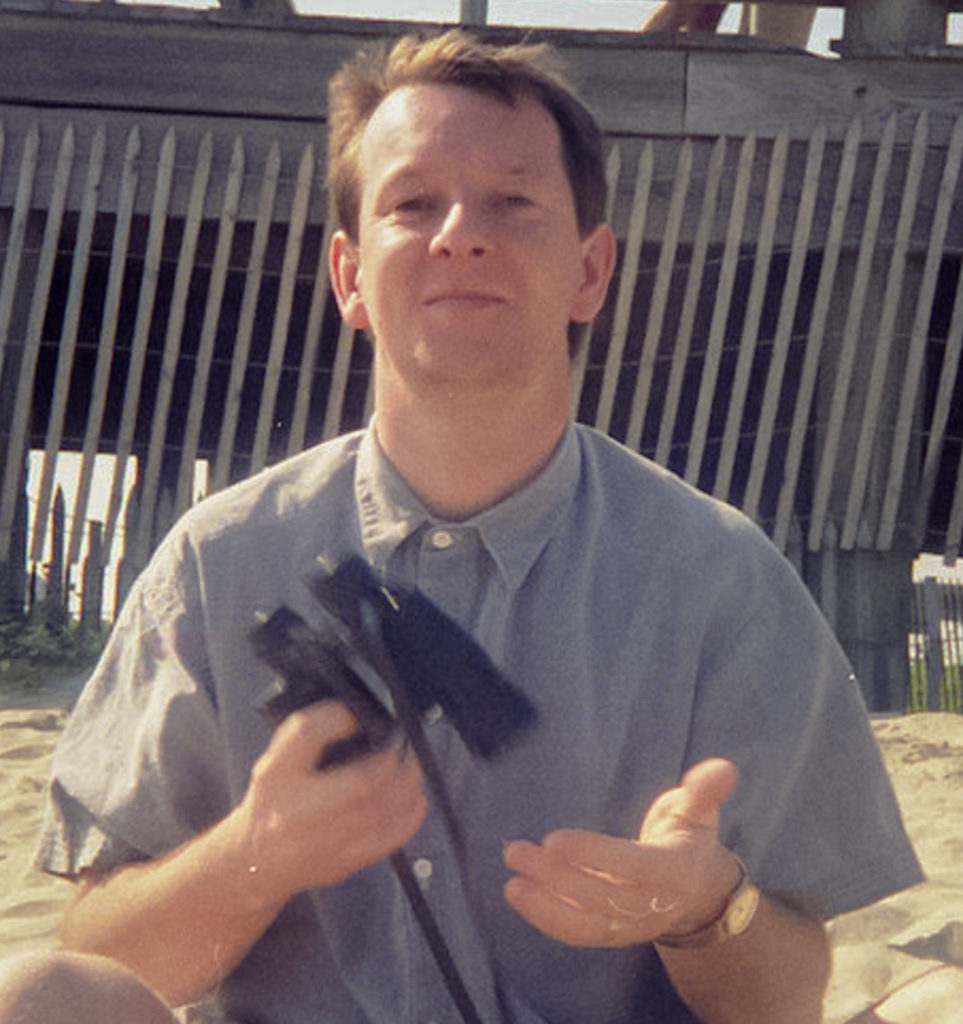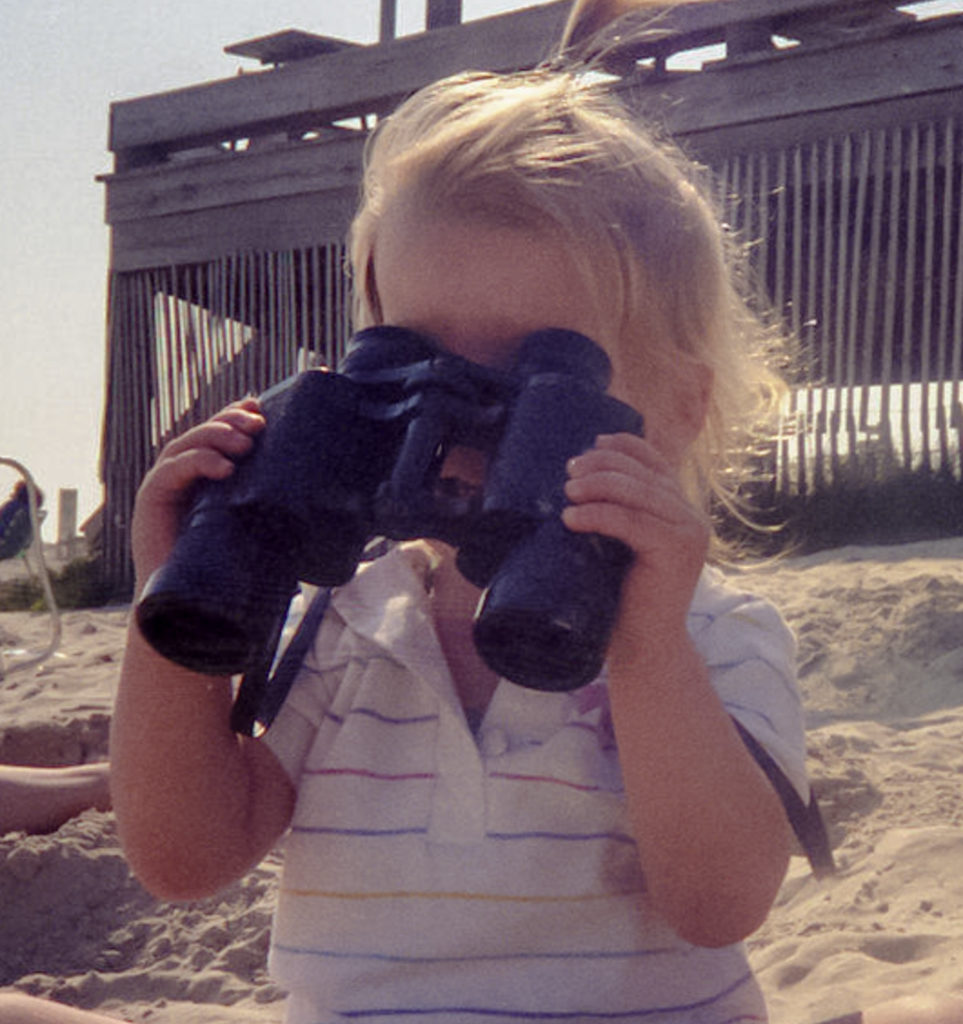We were sitting eating our lunch earlier today when there was a percussive thud from the the French door at the end of the table. A recently fledged Robin hadn’t seen the glass. No immediate or obvious harm, the little bird turned and flew back into the undergrowth. Sheepishly, it seemed to me. Perhaps such a stunning might temporarily cause an avian to adopt mammalian ungulate behaviour.
Texas was almost my first thought because of the memory of a Painted Bunting that crashed into the window of my office long ago in Sugar Land. Almost the same sound today resurrected a long parked memory.
A torrent of memories erupted after we finished our lunch of spicy Mexican rice with scrambled eggs and tortillas. Coincidentally, a Texan staple when we lived there. In case you ask; we’re vegetarian these days though not vegan.
That the Texan bird was dead had been confirmed when I found the remains at the base of the blue glassed building below my office window. I was a keen twitcher at the time but I had never seen this species except in books. I still have the Peterson Field Guide Birds of Texas and there’s a little dot to remind me of the sighting. It was great shame to have a ‘first’ Painted Bunting in this manner.
I had my back to the death of that Painted Bunting while on the phone to a guy I’ll call Abel. On the next few occasions we met, he jokingly expressed his envy of a religion that allowed for an intervention by Jesus Christ. I often wondered if Abel knew how much I could have used divine help with the many technical challenges we dealt with on his behalf.
I also recall, some months earlier, giving Abel a price and delivery time for a geophysical solution and product that was emerging at the time. It was eye-wateringly expensive for us to produce and was likely to take five years computer time. His response was to invoke Moore’s Law as reason to wait. He was prepared to wait for the doubling of transistor on microchips every two years while prices halved. He said he could wait two and a half years then get the job done for half the price and it would finish a year earlier than my proposal. He didn’t follow-up but he was right. If anything, Abel and Moore underestimated the rate of change of the particular technologies involved.
Thirty years later, the maths required in geophysics are still waiting. We need for super-computers to become hyper-computers. Applied industrial geophysics has always required intelligent compromise.
I had taken to wandering around the office campus during my lunch breaks despite the hideous heat and humidity of the Texas summer. My priority was de-stressing myself from an ultra-pressurised workplace. The security guards would rotate from time to time and each new group would stop to ask why I was walking around a restricted campus with binoculars. Other than that, people left me alone, a nutter like the mad dogs and Englishmen who go out in the midday sun (not that the guards would have known much about Noel Coward).
That bird had left an impact halo on the window-glass that lasted until the next Texan downpour. As I said, the bird also caused an impact in my guide book that persists today.
Years later, my parents maintained the ghost of an Irish Woodquest pigeon on the window of their living room for several years. A large, single glazed window, I was surprised that the impact hadn’t shattered the glass. The pattern was so much like the pigeon, a silhouette of feather dust, a product of feather decay repurposed as a waterproofing aid.
That Texan Painted Bunting was not the only one to die by crashing into our office windows. I don’t recall finding any other bird species dead around the building but I found several Painted Buntings. They typically winter south of the border between Texas and Mexico and migrate to Texas for the summer. Several hit the building and I often wondered why Painted Buntings did this.
Perhaps other species of dead birds were picked up, unseen by me, by the gardeners or janitors or my other colleagues? Or eaten promptly by Turkey Vultures or other carrion scavengers? Perhaps male Painted Buntings taste awful or are too brightly coloured for scavengers because I never found a dead female? Maybe they had voodoo associations and must remain untouched by humans? Perhaps other birds have stronger necks that can survive the impact? Perhaps male Painted Buntings can’t see blue glass? Perhaps there’s a predator that sits lookout on the roof awaiting the Painted Buntings who panic and fly into the glass? Perhaps Painted Buntings carry a bacterial infection that makes blue glass attractive? Perhaps they can’t predict or handle the building’s micro-climate thermal updrafts? Perhaps the shimmer of the glass looks like water and they come for a drink?
I regret that I never saw a live Painted Bunting, not a male for sure. I kept checklists of the birds I saw and tried to expand the list within the limit of my 45 minute lunchtime walk around the campus. I would match my expectations to the time available and plan to see twenty or perhaps thirty-five species each walk. The way that works is that you know the haunts of each bird and you head to those locations repeatedly in order to count each species every day. The campus in the Fluor Building had a very diverse range of habitats and was an ideal twitching spot.
✓ You could look up for soaring Turkey Vultures (watch out for snakes).
✓ Inca Doves tended to stay close to the ground.
✓ Mockingbird, state bird, always there.
✓ Over there (watch out for the water’s edge) a Great Blue Heron
✓ ✓ ✓ ✓ ✓ Certainly the residents included a Great Egret, a Little Blue Heron, a Cattle Egret and a Black-crowned Night Heron.
I know the lists are hiding in a book but I can’t find them.
Abel wasn’t a twitcher but he was interested that I had this hobby. He was also very interested in technology and the pace of its change. Meantime, we had a problem that seems ludicrous today and yet it might be worth retelling.
Accurately focussed geophysical imaging requires many things and chief among them is an understanding of velocity. The sound waves that propagate into and reflect back from sub-surface rock formations travel through the rocks at speeds proportional to the density of the rocks. We don’t know what rocks are below the surface. Even if we did, we wouldn’t know the thicknesses of the layers. Assuming we could know the thicknesses, we’d never know precisely the constituents of the rocks. And besides, they’re not homogenous no matter what an engineer would tell you. In short, we know nothing of the changing densities of the materials through which the sounds we issue must travel, not once, but twice. Oh yes, the path down isn’t the path back; shine a torch on a mirror if you doubt me. Just for extra fun, the density of a given rock type, and thus the velocity of sound in rock, will vary with burial depth, in proportion to heat and pressure. In general, estimating velocity needs massive signal averaging with both intelligent survey design and sampling compromise.
We used to estimate the velocity and refine it by scanning to see what brought the images into focus. The geophysicists reading this shouldn’t need an explanation. For anyone else, let’s just say that the focussing tests used to be done on computers and printed on paper for interpretation.
This was one of the most laborious tasks in geophysical data processing. When my company was merged with another, we learned that the production processing philosophies for velocity estimation differed markedly. There was a team of specialists who did nothing else at the one and the task was distributed at the other. This had created a procedural bottleneck and what with scheduling, printing and digitising, the specialists could only manage 60 velocity scans per person per day. The distributed approach was twice as productive, used fewer people and was done on demand.
The problem that faced Abel and therefor me, was the size and complexity of his latest project. Simply summarised, we resolved it by using the distributed approach and increasing the working hours per day. This lifted us from 60 to about 180 scans per day.
Four years later, I had some pleasure and much pain in being associated with what was then the largest such geophysical project ever undertaken. We introduced state of the art workstations that could handle one scan per minute per person. Call it 400 per day since it involved people not automatons. Comfort breaks, the need for sustaining food, refreshments and cigarettes had to be factored. I suppose we had two or three people doing it. Maybe we got an an average of 1000 scans every day.
Today, the technology has moved ahead wondrously but before it became so utterly different, there were companies claiming 360,000 scans or more per day with computer automation.
So why the foregoing, dense explanation? The reason is that I needed you to have a hint of an understanding of the complexity of seismic velocity. I’ve left out hundreds of years of learnings and I’ll just mention that enlightenment continues. This is but the tip of an iceberg of a problem.
And this story will continue in another instalment ….



Leave a Reply